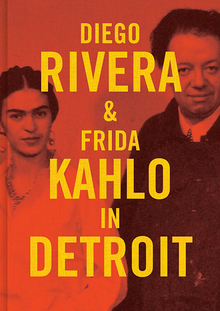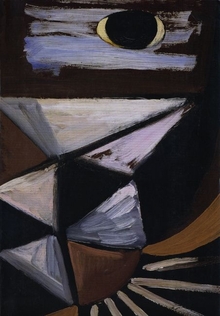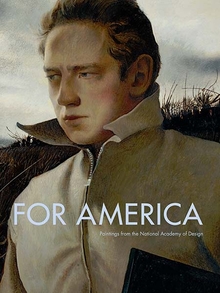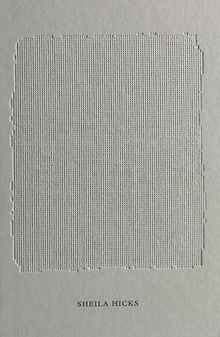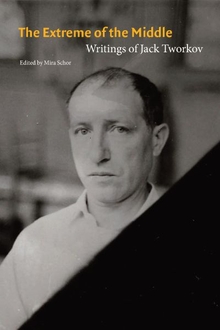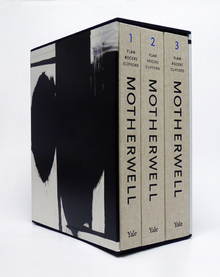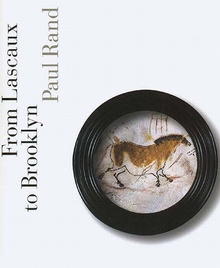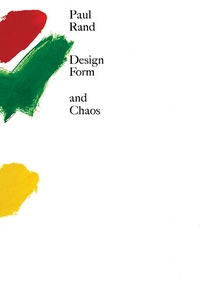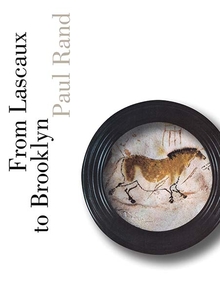Design, Form, and Chaos
WARNING
You are viewing an older version of the Yalebooks website. Please visit out new website with more updated information and a better user experience: https://www.yalebooks.com

Read this book online via the A&AePortal, our art and architectural history eBook platform. To learn more about how to access this book, please contact us.
In this witty and instructive book, Paul Rand speaks about the contemporary practice of graphic design, explaining the process and passion that foster good design and indicting fadism and trendiness. Illustrating his ideas with examples of his own stunning graphic work as well as with the work of artists he admires, Rand discusses such topics as: the values on which aesthetic judgments are based; the part played by intuition in good design; the proper relationship between management and designers; the place of market research; how and when to use computers in the production of a design; choosing a typeface; principles of book design; and the thought processes that lead to a final design. The centerpiece of the book consists of seven design portfolios—with diagrams and ultimate choices—that Rand used to present his logos to clients such as NEXT, IDEO, and IBM.
"To have the preeminent graphic designer in America—the leading proponent of the Modern—intelligently and forcefully speak out makes this a document for today and the ages. Rand's book is a classic."—Steven Heller
"Paul Rand is America's preeminent statesman of graphic design. . . . Design, Form, and Chaos [is] an excellent example of Mr. Rand's capacity to create beautiful forms. As much a visual narrative as a verbal one, it contains many examples of his work from recent years. These are handsomely printed in duotone and color reproductions."—Victor Margolin, New York Times Book Review
"An excellent companion volume to his highly acclaimed Paul Rand: A Designer's Art. . . . Must reading for graphic design students and professionals. . . . An enjoyable read."—Choice
"A strikingly designed book that looks at topics such as the values behind esthetics, the role of intuition in good design, the place of market research, and how to use computers. The book's mix of short texts and smart graphics is just right."—Architectural Record
"[Rand's] impact is equally traceable to the persuasive clarity of his writing, as shown by this latest collection of essays. . . . A performance that can't be ignored."—Ballast Quarterly Review
"Rand's description of the design process . . . will remain a lasting contribution to the understanding of excellent design as a force for both good and ill in the media and in society."—Kevin Barnhurst, Journal of Communication
"An excellent book for students and teachers of communication as well as those who teach, study or work with graphics."—Richard Tino, Communication Quarterly
"Extremely erudite on art, aesthetics and the making of graphic design."—Lance Esplund, Modern Painters
Publication Date: March 31, 1993


